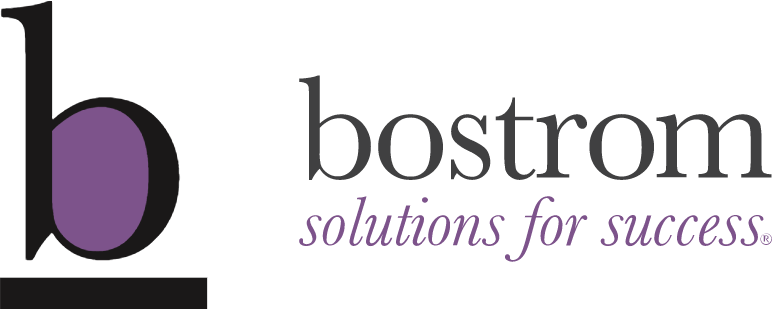Agile marketing is derived from the agile software development world that uses an iterative process for project management that adapts throughout a project to changing requirements such as market fluctuations, customer feedback and technology upgrades. Before, software was developed and the resulting product might have been a product with little demand. But with an agile process, an openness and responsiveness to feedback occurs during the development phase. The result: a more valuable product for the customer and the market.
Not all software companies have the culture to accommodate agile project management methods. But associations are a different story. They’ve always had to have adaptable cultures given the frequency of leadership changes. So where does marketing come into play? In today’s dynamic marketing environment, a multitude of devices and channels change user behavior constantly. We work in environments with telecommuting employees, outsourcing partners and virtualoffices. And the pace of change within our associations, the members we support, and the industries and professions we serve, require marketers to be much more process-oriented while being flexible and adaptive to change. Or in other words: agile.
As I wrapped up Bostrom’s annual marketing plan, I came across an article on MarketingProfs about how the marketing plan is dead. The minute an annual plan is written, it needs to change. One point about Agile Marketing is that while putting processes together for a fast-paced, changing environment, you cannot lose sight of the basics – your mission, vision, brand promise, target audiences and value proposition. Those elements always comprise the underlying foundation of marketing.
1. Speed
Speed goes hand in hand with agile; tasks are completed in short spurts or sprints. While this may seem chaotic, it 
2. Focus
Agile marketing positions teams to work on tasks that are the most important at a given time. The process allows for changing priorities and accomplishing the most important things first. Weekly “stand-up” meetings have helped our organization, an association management company, prioritize and adapt to changes quickly and ensure that team members are working on the right things in the right order – even as tasks change!
3. Transparency
Agile marketing encourages constant open exchange of communication with leaders, volunteers, members and other stakeholders, allowing organizations to maintain the long view while completing shorter term projects.
4. Team Building
Associations have long had a collaborative culture; Agile marketing takes that a step further with the process of quick, stand-up meetings, sprints that convey accomplishment and collaboration, and a really fun approach to marketing communications where everyone knows their role and how to survive in today’s ever-changing world.
Applying Agile Marketing in Your Association
So, I’ve sold you about the concept. You get it. Chaos has arrived, driving your team members mad; IT and marketing are working together like never before and projects are changing faster than you can start them.
There’s never been a better time for Agile.

If you don’t have time for a book – even a breathtakingly brief one – then go to www.marketingprofs.com and search on Agile Marketing for a multitude of articles, tools, and tips to implementing Agile in your association.
Trello (www.trello.com) is a really useful tool for managing projects – especially with our headquarters in Chicago, an office in Washington, DC and volunteers all over the world! An element of Agile is small projects that move from creation to completion and a lot of organizations have used post its – they’re visible, it feels great to complete projects and throw the post-its away, and everyone can see the latest from marketing.
In the virtual world you need something like Trello to give access to people anywhere, anytime to communicate project status.




